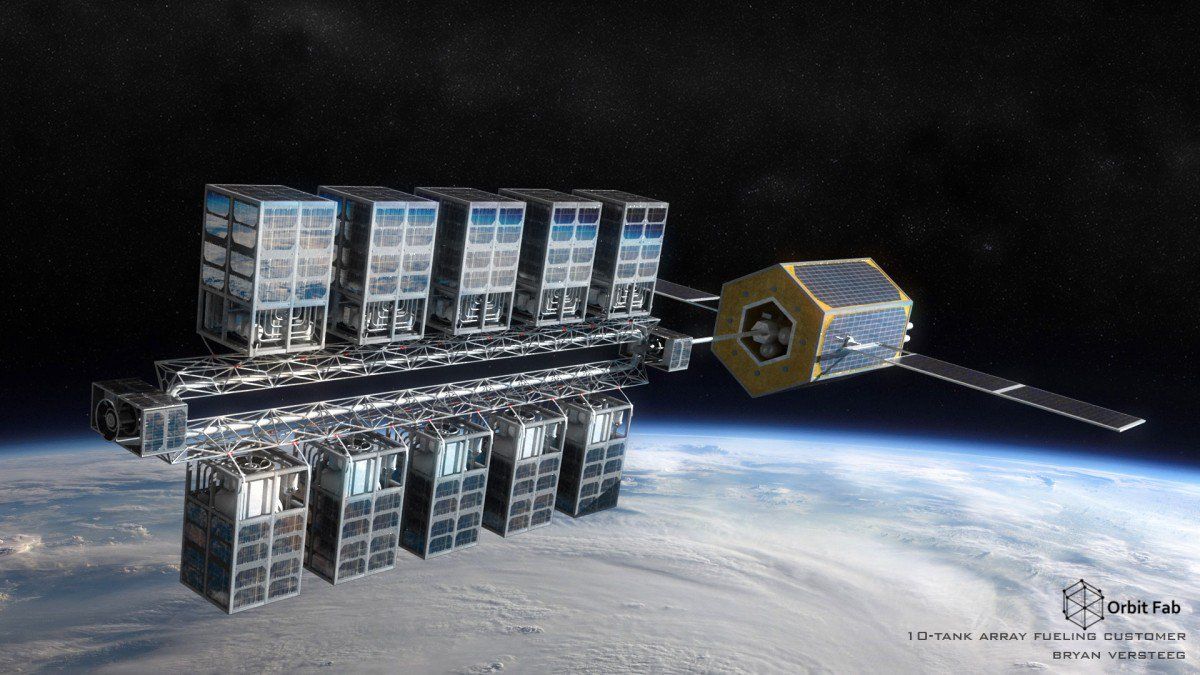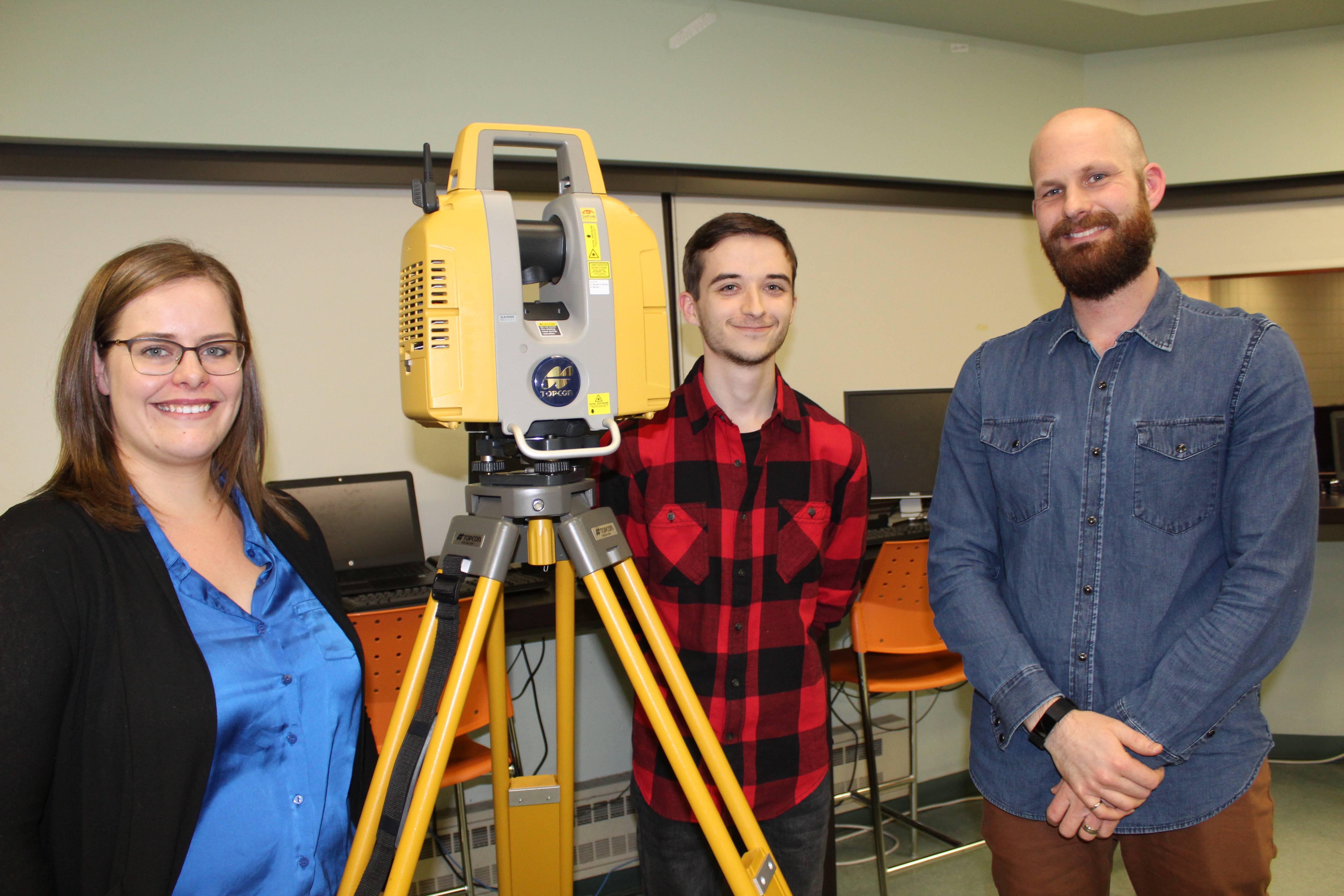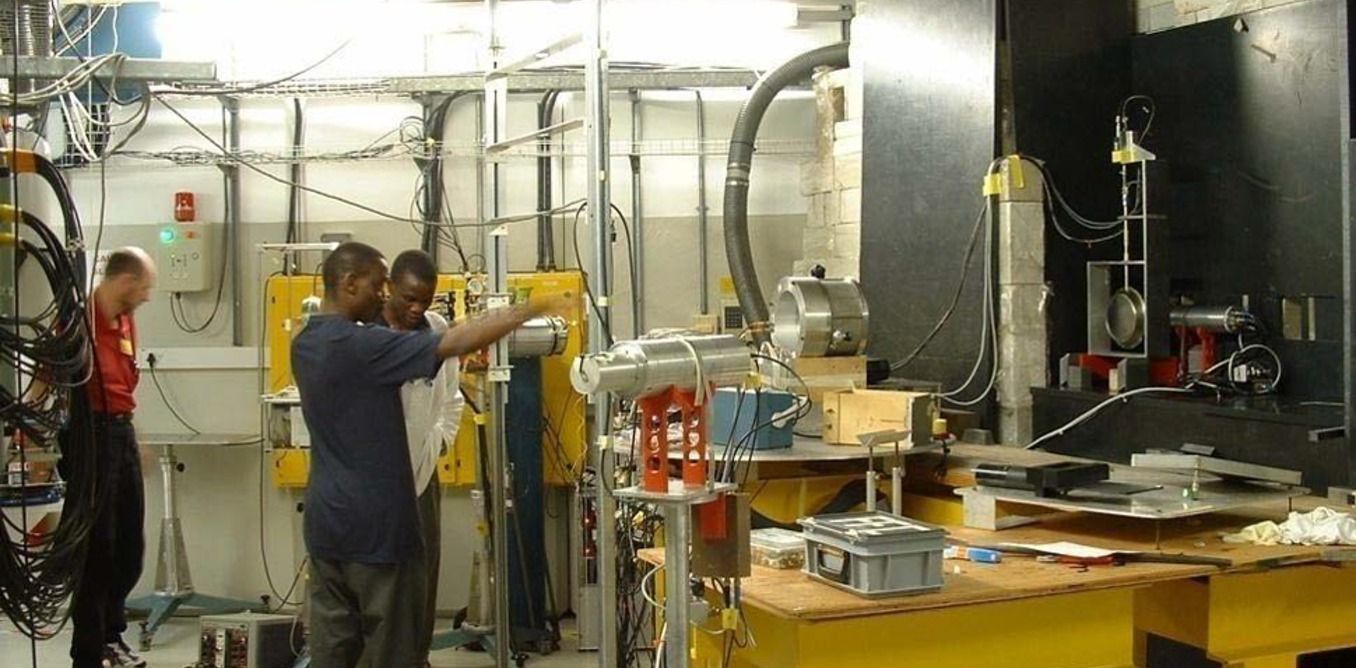Page 9312
Dec 3, 2018
A startup is about to test a ‘gas station in space’ that could one day refuel satellites
Posted by Michael Lance in categories: energy, satellites
Fuel is heavy. And when launching a satellite into space, the amount of fuel you give it determines how long it can stay operational. That is, unless you can refuel at a space gas station.
The news: Startup Orbit Fab is scheduled to launch an experiment to the International Space Station on board a SpaceX Dragon cargo mission tomorrow at 1:38pm EST. Its goal is to test the company’s method of fluid transfer in space. It’ll be launched alongside other scientific experiments to be performed by astronauts on board the station in collaboration with the ISS US National Lab.
The challenge: Refueling and repairing satellites in space requires some expert wrangling, as well as well as the launch of large quantities and types of fuel into orbit. Also, pumping new fuel into a satellite doesn’t work in microgravity the way it does on Earth. Fluids are harder to measure and float around their tanks unpredictably.
Dec 3, 2018
Amazon is ramping up tests of cashierless stores, a move that could see the futuristic tech launched in Whole Foods
Posted by Shailesh Prasad in categories: food, futurism
- Amazon is testing out its cashierless technology in bigger stores, The Wall Street Journal reports.
- Amazon’s cashierless checkout tech tracks the items that shoppers take from shelves and charges them automatically.
- The Journal reports Amazon could roll the tech out to Whole Foods.
Amazon is testing out its cashierless checkout technology in bigger stores — with one eye on Whole Foods, according to The Wall Street Journal.
Sources told the Journal that Amazon is testing out the futuristic tech — which tracks and charges for the items shoppers take from the shelves — in Seattle, in a space formatted like a large store.
Dec 3, 2018
Researchers Just Overcame a Key Barrier to Fusion Power
Posted by Shailesh Prasad in category: energy
Dec 3, 2018
This aquarium uses motion capture camera to let fish drive around
Posted by Shailesh Prasad in category: electronics
Over the next year, OSIRIS-REx will survey the asteroid using five scientific instruments on board the spacecraft. These instruments will help it determine a safe location from which to collect a small sample from Bennu’s surface that will be returned to Earth in September 2023.
“Bennu’s low gravity provides a unique challenge for the mission,” said Rich Burns, OSIRIS-REx project manager at NASA’s Goddard Space Flight Center. “At roughly 0.3 mile in diameter, Bennu will be the smallest object that any spacecraft has ever orbited.”
Dec 3, 2018
Gigantic Unexplored Cave Found in Canada May Never Have Been Seen
Posted by Shailesh Prasad in category: futurism

A huge, gaping cave has been discovered hidden in the remote Canadian wilderness, and despite the overwhelming scale of this stunning natural void, researchers suggest it may never have been seen by human eyes before.
Nicknamed the ‘Sarlacc Pit’ after the monstrous pit-dwelling beast in Star Wars, the giant cave – concealed amidst the rugged terrain of British Columbia’s Wells Gray Provincial Park – is so vast its effectively unbelievable, explorers say.
Continue reading “Gigantic Unexplored Cave Found in Canada May Never Have Been Seen” »
Dec 3, 2018
CNA students digitally preserve old buildings using technology
Posted by Genevieve Klien in category: habitats
Commercial Chambers Building the first to be scanned.
What if Waterford Manor, Richmond Cottage, and Belvedere orphanages could have been digitally preserved before they were destroyed?
What if their exact dimensions and details were recorded as historical record, with possibilities for virtual tours, or even replicas, long after the buildings are gone?
Continue reading “CNA students digitally preserve old buildings using technology” »
Dec 3, 2018
How African researchers are adding to deeper knowledge about neutrons
Posted by Genevieve Klien in category: biotech/medical
Matter is all around us. As human beings, we’re made of it. Matter is the “stuff” that makes up the physical world as we know it; a collection of atoms made up of particles called protons, electrons and neutrons.
Part of my work, as a post-doctoral researcher at iThemba LABS (Laboratory for Accelerator Based Sciences) in Cape Town, South Africa, focuses on neutrons. These are subatomic particles that can penetrate through matter, which means they can be harnessed for all sorts of important work.
For example, high-energy neutrons may be used to destroy tough tumours that can’t be killed by the usual x-rays that are available in hospitals.
Continue reading “How African researchers are adding to deeper knowledge about neutrons” »

















